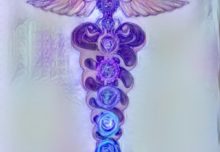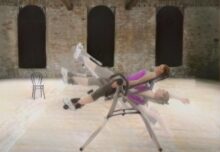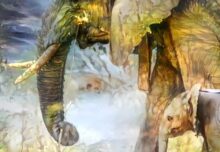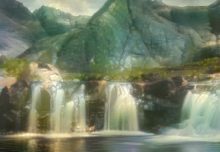 The transition from New Year’s Eve to the New Year is the perfect time to reflect on impermanence, or what Buddhism refers to as Annica.
The transition from New Year’s Eve to the New Year is the perfect time to reflect on impermanence, or what Buddhism refers to as Annica.
My first introduction to the nature of change came when I was still in Elementary School. I was accompanying my mother into Oxford to go shopping. Along the way we passed a beautiful meadow where a bulldozer was scraping away the top soil. My mother was saddened by the spectacle, empathizing with the plight of the rabbits and other wildlife that had made their home in the tall grass. A few days later, while driving with my father, we passed the same field. He happily shared how they were finally breaking ground on a new recreation center for local youth.

Although both of my parents witnessed the same scene, my mother was sad because she focused on what was being lost, and my father was happy because he focused on what was being created. This is the nature of change – the past is destroyed as the future is created. Creation and destruction, two sides of the same coin.
Moving into a New Year is as much about letting go of the past as it is turning to the future. For many years I made a practice on New Year’s Eve of cultivating gratitude for the past, and on the first day of the new year turning my attention to the future. But the real magic lies in the transition between old and new. As we countdown towards midnight we are drawn deeper into the timeless present moment where the great mystery resides.
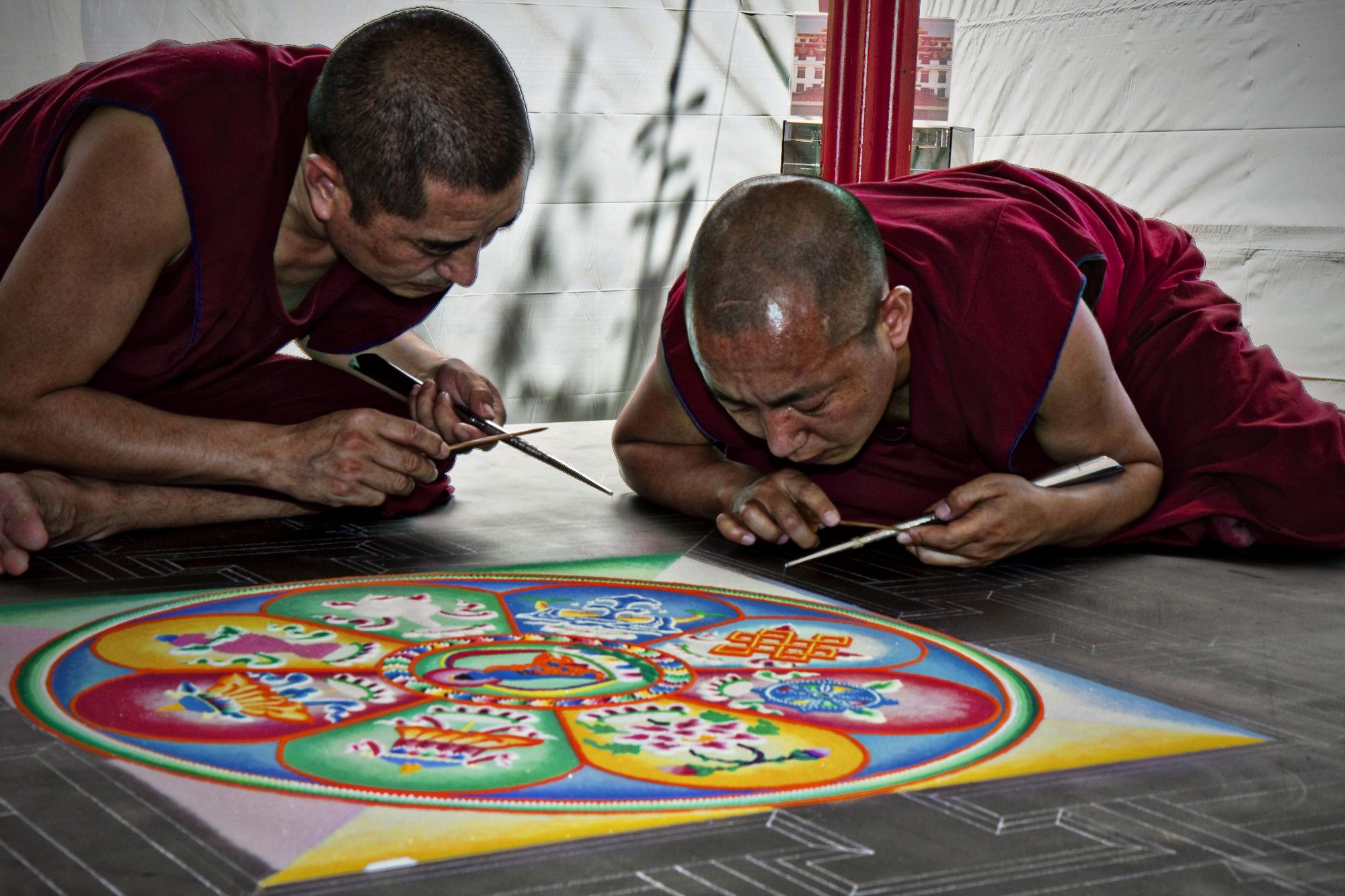 At a weekend conference on Spirituality, I watched three Tibetan Buddhist Monks create a sand Mandal. Each time I passed by I would pause for a few minutes just to watch. It took two days for them to finish this beautiful and complex design. It took only a gesture to sweep it away when they were done. The ritual of creating the Mandal helped the monks stay anchored in the present moment. Upon completion, the Mandal became a distraction, and so the ritual act of sweeping away the past. Maybe we can emulate these monks as they strive to live in the moment, embracing impermanence as they surf the edge of now.
At a weekend conference on Spirituality, I watched three Tibetan Buddhist Monks create a sand Mandal. Each time I passed by I would pause for a few minutes just to watch. It took two days for them to finish this beautiful and complex design. It took only a gesture to sweep it away when they were done. The ritual of creating the Mandal helped the monks stay anchored in the present moment. Upon completion, the Mandal became a distraction, and so the ritual act of sweeping away the past. Maybe we can emulate these monks as they strive to live in the moment, embracing impermanence as they surf the edge of now.


